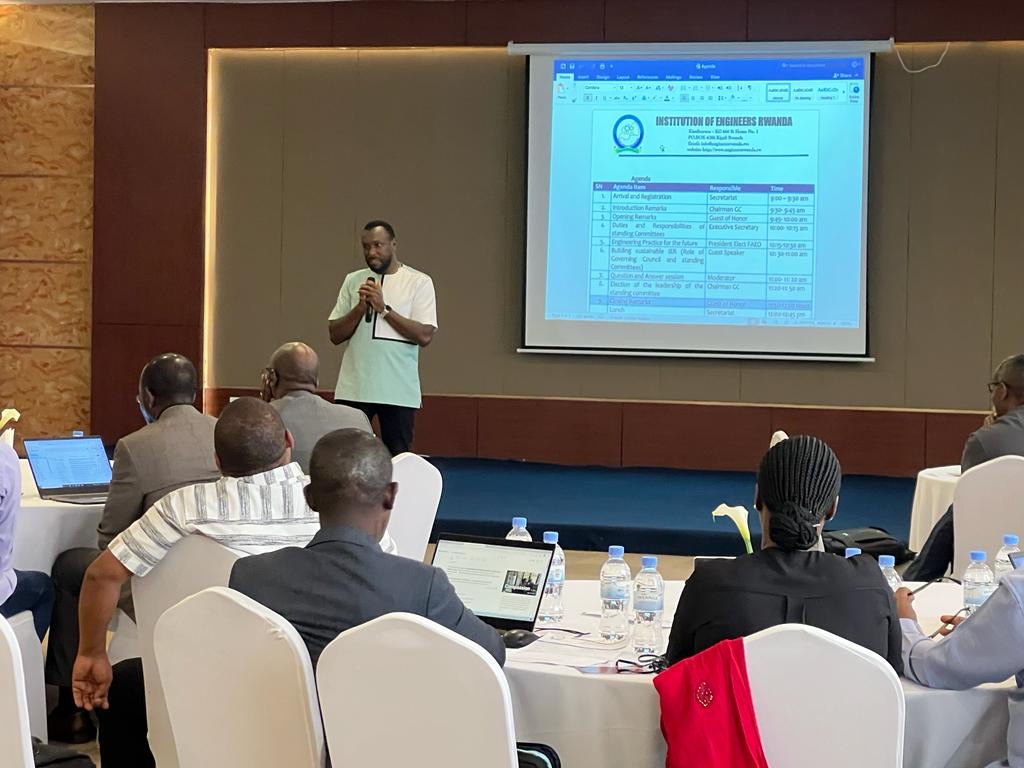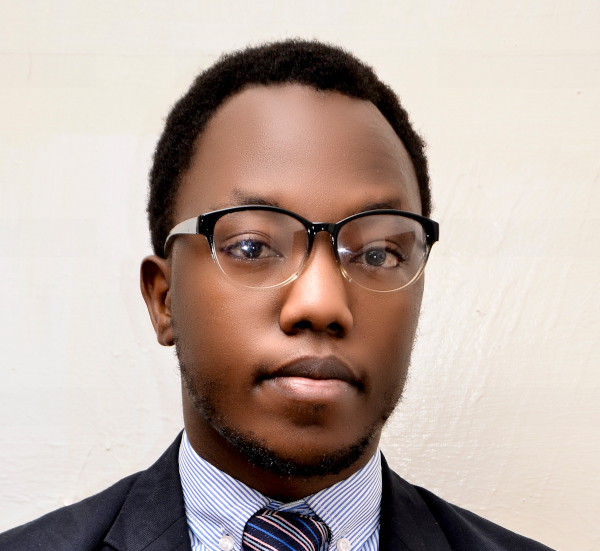Events
Engineers’ body holds retreat for newly elected committes

Members of the governing council and new members of its standing committees in a retreat to discuss and reflect on their duties and responsibilities on July 29. Courtesy

